How to heal dry skin, according to a top dermatologist — products and preventatives
When it comes to ointments, “the greasier the better”
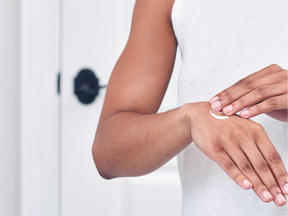
Article content
Reviews and recommendations are unbiased and products are independently selected. Postmedia may earn an affiliate commission from purchases made through links on this page.
During the colder months, our bodies are often covered in layers of clothes. Then during the summer, we shed some layers and our skin makes a guest appearance. As we sport shorts, tanks and sandals, we’re sometimes surprised by the state of our skin.
It can be off-putting when legs are so dry they look like the Sahara desert floor, cracking in the heat. Or when elbows are so rough they can injure others. Or when heels split open and start bleeding. Problems that many dry-skinned humans have to deal with on a daily basis.
In order to cure dry skin, and prevent it, we reached out to Dr. Benjamin Barankin. Dr. Barankin is a Toronto-based dermatologist and medical director of Toronto Dermatology Centre. He’s already helped us find the best sunscreens and understand basic skincare, and now he shares his expertise in our quest to have happy and healthy skin.
Dry skin tips from dermatologist Dr. Benjamin Barankin
What causes dry skin?
“Dry skin has lost its moisture. It can appear as dry, but also dull, scaly or flaky, and sometimes itchy. If it is prolonged, it can result in eczema (red, itchy, sometimes weepy skin),” says Dr. Barankin.“It can be due to aging, or medications (e.g. acne treatments, blood pressure pills, diuretics, statins for cholesterol), or long dry winters, and often has a genetic component too.”
What can cause cracked heels?
“As skin dries, it shrinks which can cause cracking. Some cracks can be deep, and then become sore or even bleed,” shares Dr. Barankin. It can even get medical. “Some people have cracking of heels because they have a skin condition like foot fungus (tinea pedis), psoriasis or eczema.”
How do I know if I should see a dermatologist or use over-the-counter products?
“For dry skin or cracked heels, it’s definitely worth trying some over-the-counter products first. Also, being more mindful to moisturize immediately after bathing, as well as having a cool-mist humidifier on in the wintertime,” says Dr. Barankin.
“And minimizing exposure to the elements (e.g. wearing gloves, hat, scarf etc., or avoiding going outdoors on cold or windy days). Using less harsh soaps is important (like CeraVe Hydrating Cleansing Bar or Dove sensitive skin bar) too, and reducing friction from towels by pat drying instead of rubbing.”
Are there any home remedies that are effective to treat dry skin?
“Lots of different products are worth trying. In general, the greasier the better (ointments and balms are best, then creams, lotions the least),” says Dr. Barankin. Adding that “Urea is a useful ingredient and should be used at higher concentrations for hands and feet.”
Dr. Barankin also suggests the following possible ingredients for home remedies (many are raw ingredients, so use with caution). You can also look for products that feature these ingredients for ease of use:
- Glycerin
- Shea butter
- Colloidal oatmeal
- Dimethicone
- Hyaluronic acid
- Ceramides
- Niacinamide
- For thick and dry heels, various acids such as lactic acid or salicylic acid could be effective
What are the best products and brands to use for dry skin?
Body lotion: CeraVe Moisturizing Cream ($29)
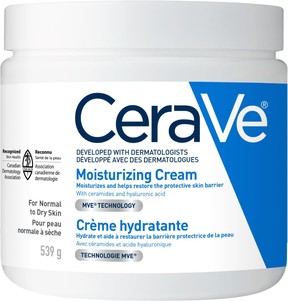
Healing balm: Avene Tolerance Control Soothing Skin Recovery Balm ($35)
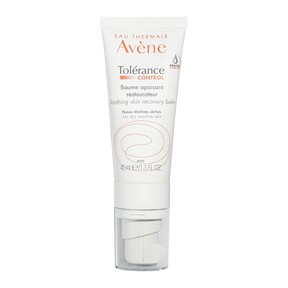
Soothing balm: La Roche-Posay Cicaplast Baume ($18)
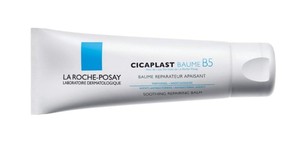
Anti-irritation cream: Uriage Xemose Cerat Ultra-Nourishing ($27)
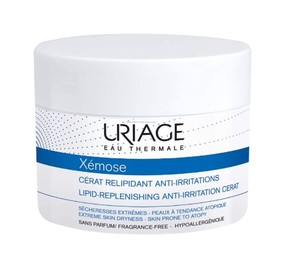
For cracked heels: Footlogix Cracked Heel Formula ($28)
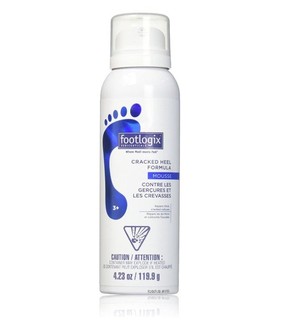
Salicilyc acid cream: CeraVe Renewing SA Cream ($26)
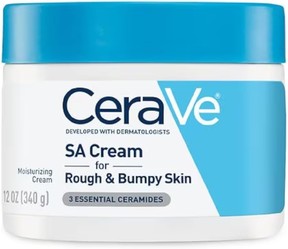
Healing ointment: Aquaphor Healing Ointment ($27)
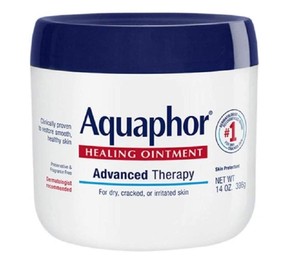
Foot cream: O’Keeffe’s Healthy Feet Foot Cream ($11)
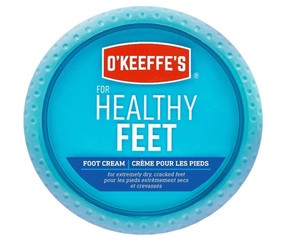
Repairing cream: Eucerin Advanced Repair Cream ($36)
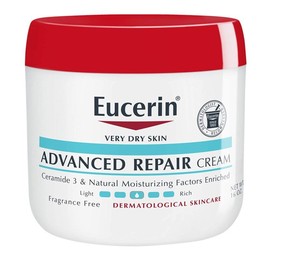
Hand cream: O’Keeffe’s Working Hands Hand Cream ($10)
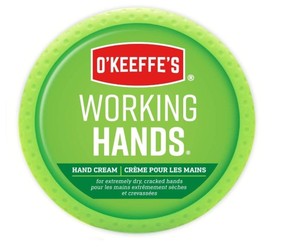
Face cream: La Roche-Posay Toleriane Face Moisturizer ($36)
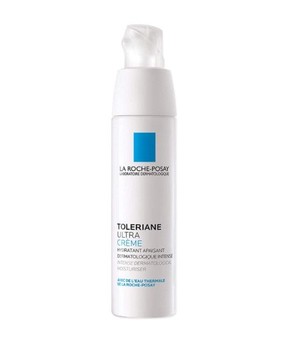
Face cream with SPF: Aveeno Positively Radiant Daily Moisturizer SPF30 ($23)
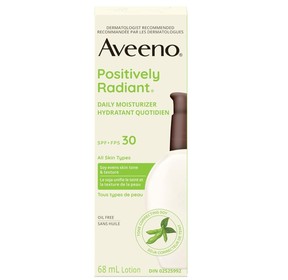
And if you’re pregnant, you “can use the same products as above; just avoid retinol and retinoids,” says Dr. Barankin.
Shopping Essentials, a category written by research-obsessed shopping fanatics, is now on Canoe.com. Explore in-depth product reviews, expert recommendations and exciting collaborations — plus get behind-the-scenes info on your favourite brands and trending products — learn more here or sign up for our newsletter.
rmann@postmedia.com








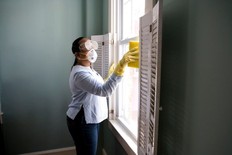
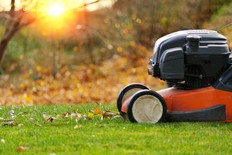


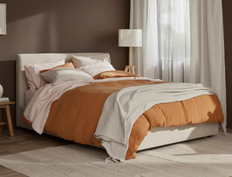

Postmedia is committed to maintaining a lively but civil forum for discussion. Please keep comments relevant and respectful. Comments may take up to an hour to appear on the site. You will receive an email if there is a reply to your comment, an update to a thread you follow or if a user you follow comments. Visit our Community Guidelines for more information.